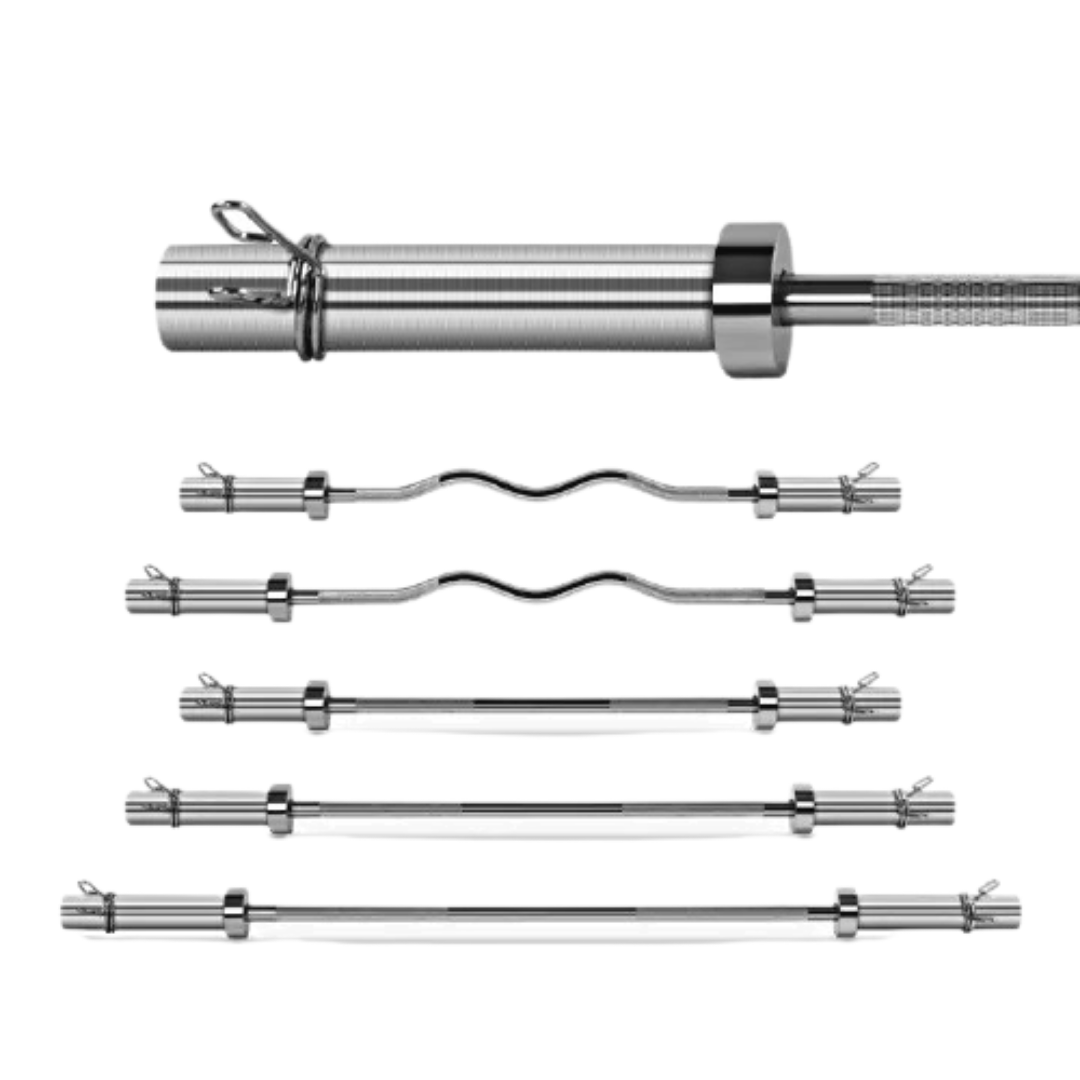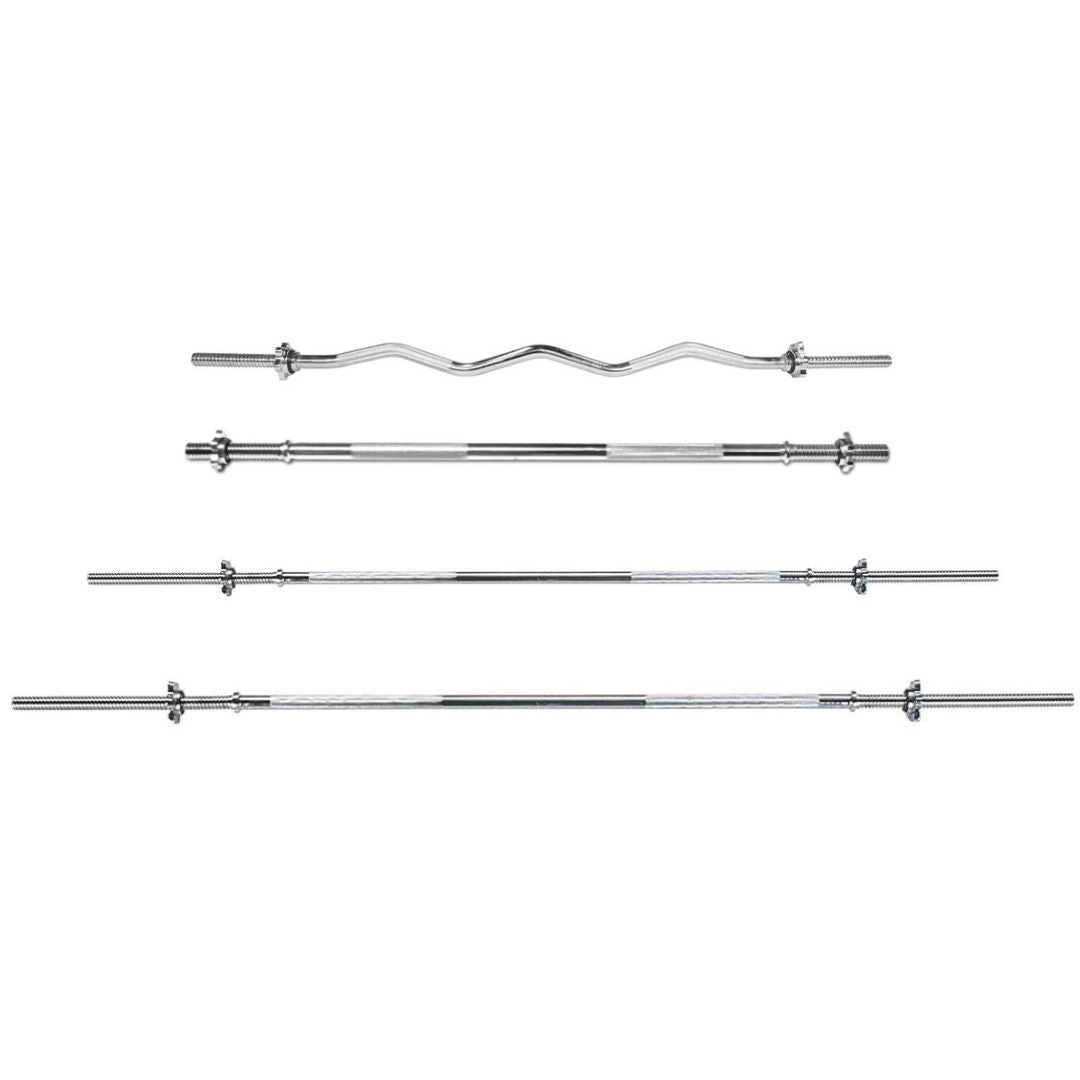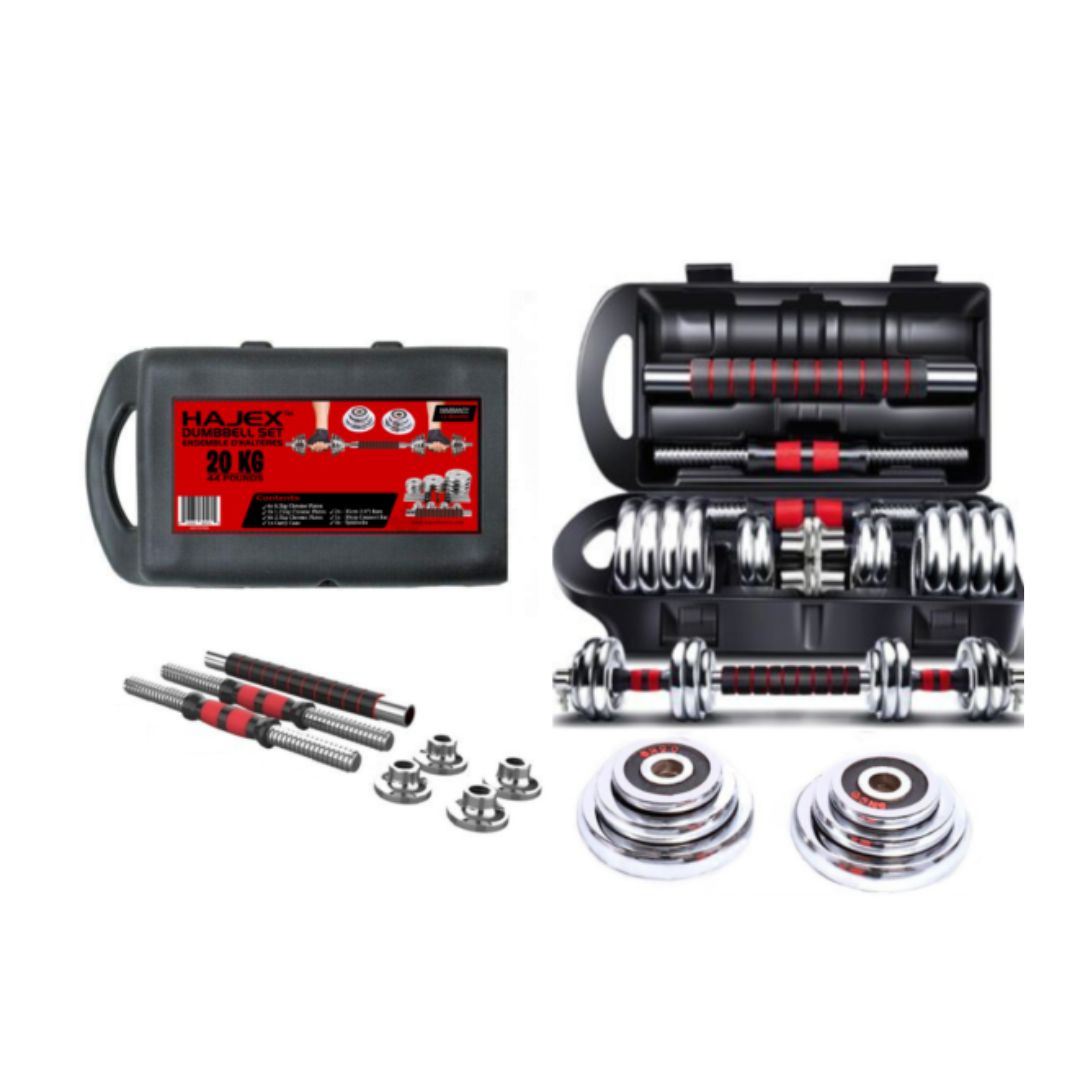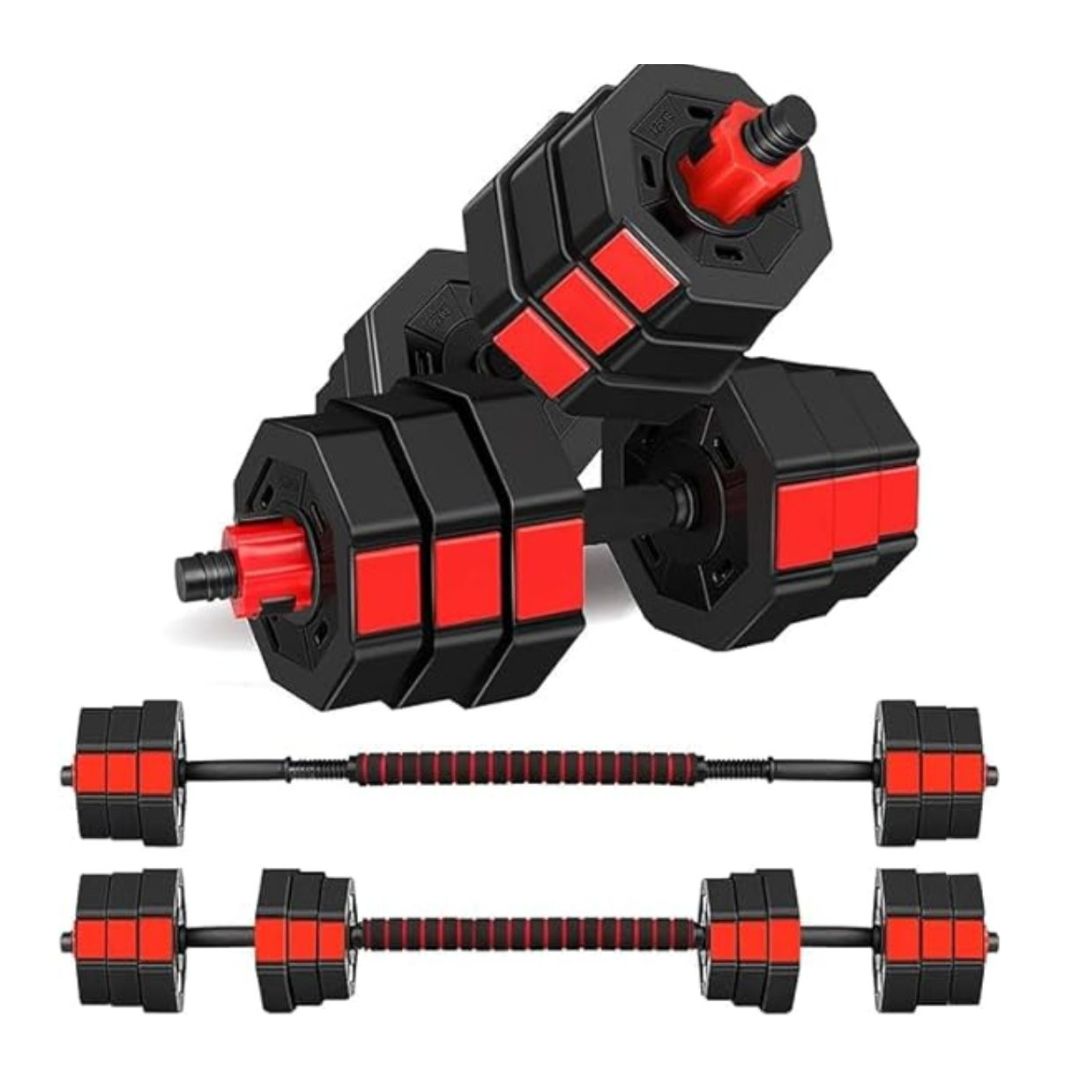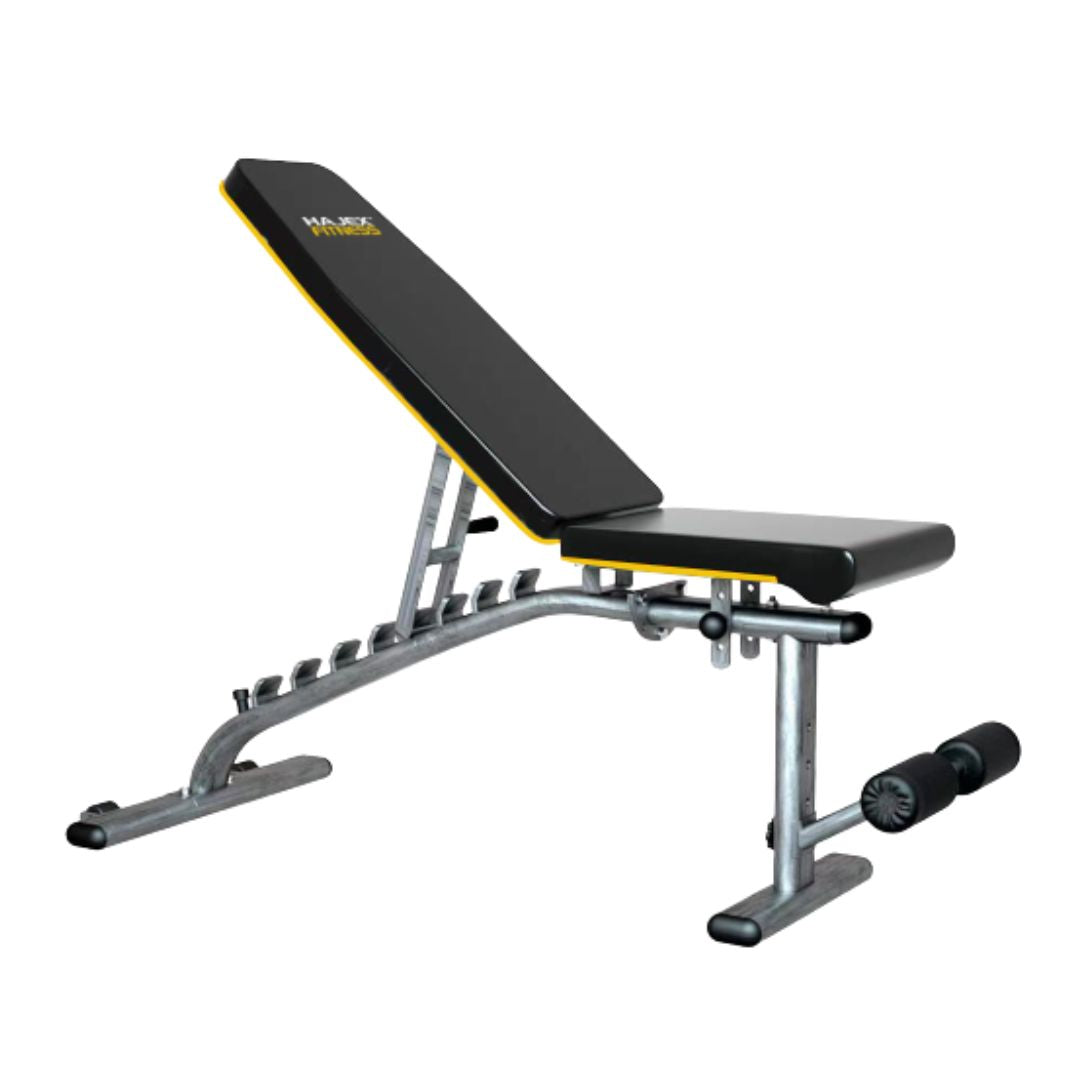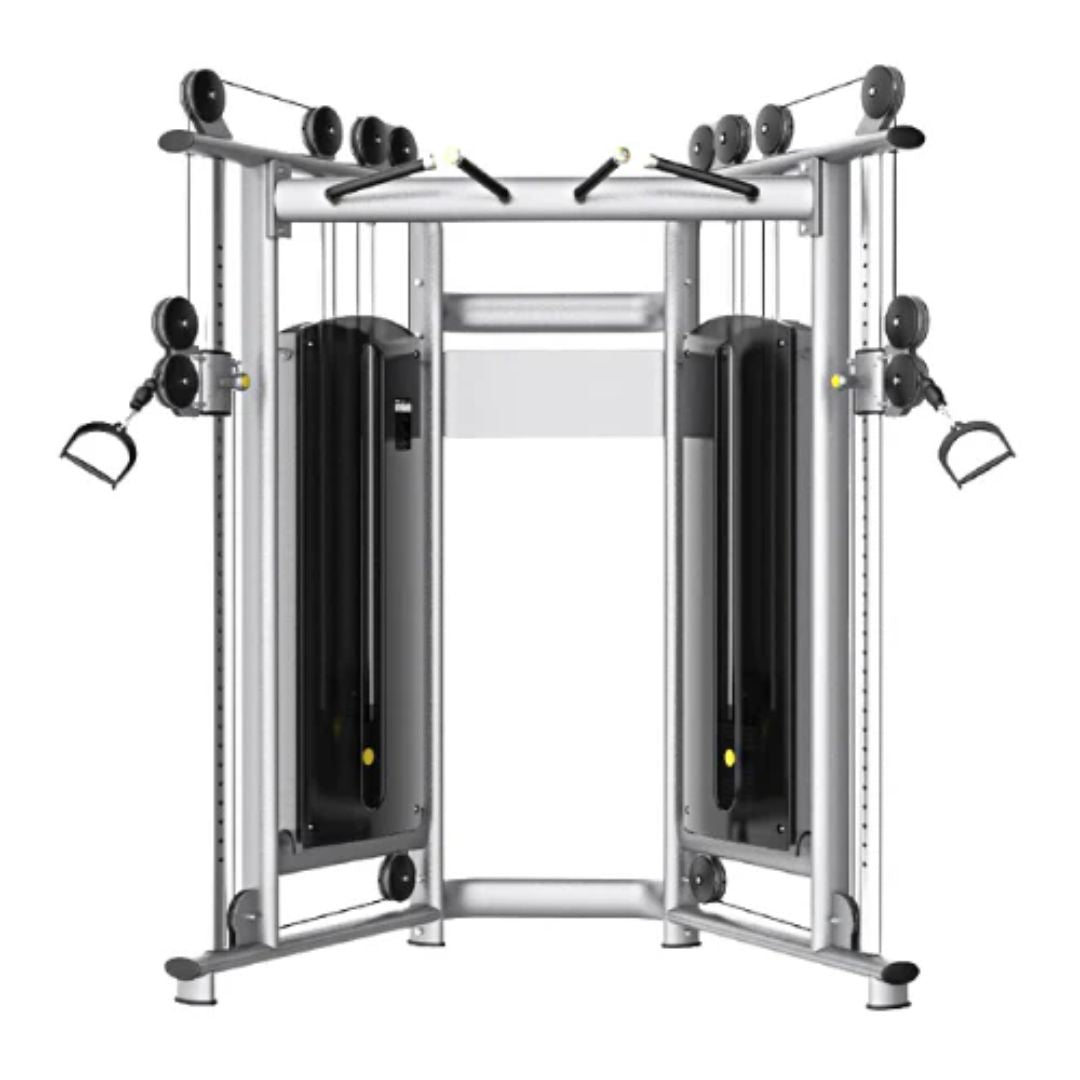Smith Machine Top Exercises and Perks | Everything you Need to Know
The Smith machine is fitness equipment in your gym that looks like a squat rack, but with a barbell bar that slides in a certain path. The Smith machine may be one of the most criticized gym equipment — but you need to review your position if you are a Smith machine troll. In your muscle-building routine, there is a certain place for it.
This fitness tool enables you to try heavy lifts without a spotter and remains the barbell on a directed path — which is a drawback for some lifts but a benefit for others.
Probably, you know the significance of exercising, but perhaps you didn’t know it’s just so essential that you select the appropriate exercise equipment that perfectly fits your workout requirements. For controlled barbell strength training, a smith machine is perfect.
It consists of a barbell with weights that are fixed between two steel rails, which is for only vertical movements. However, in some newer models, a small amount of horizontal movement is allowed. For various types of workouts, the Smith machine can be used but is primarily used for doing squats and presses.
Gains of Smith Machines
The following are the various advantages of the smith machine: Offers stabilized weight: Several smith machines contain a self-balancing barbell. Fitted with guide rods, you don’t need to be concerned about balancing the barbell. For that reason, you can dedicate all your focus to weight lifting. Along a fixed vertical plane, the bar moves fluently. In short, it won’t fall forward or backward or move sideways. Quite safe: While doing weighty plate-loaded workouts, Smith press bar catches decrease the need for a spotter. On the frame, you can hook the barbell into various slots to ensure that it won’t be dropped. If you find yourself in a problem, just twist the bar and it hooks onto the frame. For all major muscle groups: The Smith machine can be used for a variety of workouts. Actually, it works for every major muscle group. Encourages good posture: When performing exercises, the rails, along with the weights fixing the machine in place, assist you to move rightly, so you keep good form. Perfect for both beginners and experienced users: Generally, for beginners, a Smith machine is the favored choice, it’s also best for people with advanced fitness skills.Disadvantages of Smith Machine
- For the fixed vertical path, the bar won’t diverge.
- Many users discover the fixed bar path to be unpleasant.
- Various workouts that can’t be done safely.
- It’s difficult to remove the barbell.
1. Overhead Press
One of the great compound workouts you can add to your training is the overhead press. It strengthens your shoulders, back, core, and chest altogether. Using a smith machine, try mastering the fundamentals before you start playing around with various overhead press variations. The Smith machine offers additional security that a free barbell doesn’t. Thus, if you’re not completely confident to press the weight overhead, a Smith machine is a good option. To perform this, follow these steps:- With the bar adjusted, stand behind the Smith machine so it’s at nearly chest level.
- After this, with a pronated grip hold the bar; hands separated make sure they’re around shoulder distance.
- As you unlock the bar, inhale and brace your core.
- As you exhale, push the bar straight up overhead.
- At the top of the workout lock out your arms, when the elbows are fully extended.
- Inhale and lower the bar back down to the initial position.
2. Bent-Over Row
One of the best Smith machine exercises you can add to your full-body workout routine is the bent-over row. To perform this workout, stand behind the bar, setting it to sit nearly two inches lower than your knees. Now perform the following steps:- Hinge at your hips and as you reach down to hold the bar, you need to slightly bend your knees.
- By keeping the back straight, grasp the bar with a pronated grip.
- As you inhale and brace your core, from the machine unlock the bar.
- With your arms inline, the bar should be hanging in front of you.
- Pulling the bar up toward your hips, exhale and bend your elbows.
- Most importantly, squeeze the shoulder blades together, when you have bent your elbows as much as feasible.
- Inhale and with control lower the bar back down to initiate for another rep.
3. Bench Press
Bench presses are a great option to do more compound workouts on a Smith machine. Instead of a traditional bench and rack, you can use the Smith machine if you want to have some additional security while lifting alone or if you are anxious about attempting to bench a weight you have never benched previously. The following are the cues that will help you get the maximum out of this workout:- Underneath the bar, place a flat bench.
- Position the bar so that you can hold it without completely extending your arms when you’re lying down.
- On the bench, lie flat and with a pronated grip hold the bar, ensure that your hands are slightly wider than shoulder distance.
- As you inhale and strengthen your core unlock the bar
- Over your chest, grasp the bar straight up with the arms locked.
- Towards your chest lowers the bar down and bend your arms.
- When you feel that the bar is Pause for a while when you can feel that the bar is hardly touching your chest pause for a while.
- Exhale and push the bar straight back up to the initial position
4. Split Squats
Doing regular squats on the Smith machine is not much liked because the bar moves quite differently than it does when you’re using a free barbell. To avoid this, try focusing your lower body by performing split squats on the Smith machine. Steps to perform:- Stand in front of the Smith machine with the bar resting behind you on your shoulders.
- Reach back and with your palms facing forward hold the bar.
- With one foot, take a big step back so you are in a lunge position.
- As you lock the bar, you need to inhale and brace your core
- Bending both knees at around a 90-degree angle, lower down into a split squat.
- Finally, pause for a second then exhale and push down into the floor and rise back up to the standing position.
 WEIGHT PLATES
WEIGHT PLATES
 Cast Iron Olympic Plates
Cast Iron Olympic Plates
 Olympic Rubber Weight Plates
Olympic Rubber Weight Plates
 PVC Weight Plates
PVC Weight Plates
 DUMBBELLS
DUMBBELLS
 Rubber Hex Dumbbells
Rubber Hex Dumbbells
 Cast Iron Adjustable Dumbbells
Cast Iron Adjustable Dumbbells
 Round Head Dumbbells
Round Head Dumbbells
 Neoprene Dumbbells
Neoprene Dumbbells
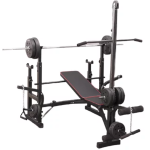 BENCHES
BENCHES
 Adjustable Workout Bench A
Adjustable Workout Bench A
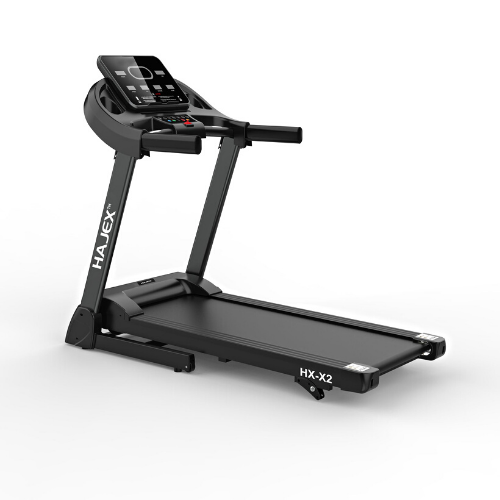 CARDIO
CARDIO
 BARBELL BARS
BARBELL BARS
 RIGS & MACHINES
RIGS & MACHINES
 Smith Machines
Smith Machines
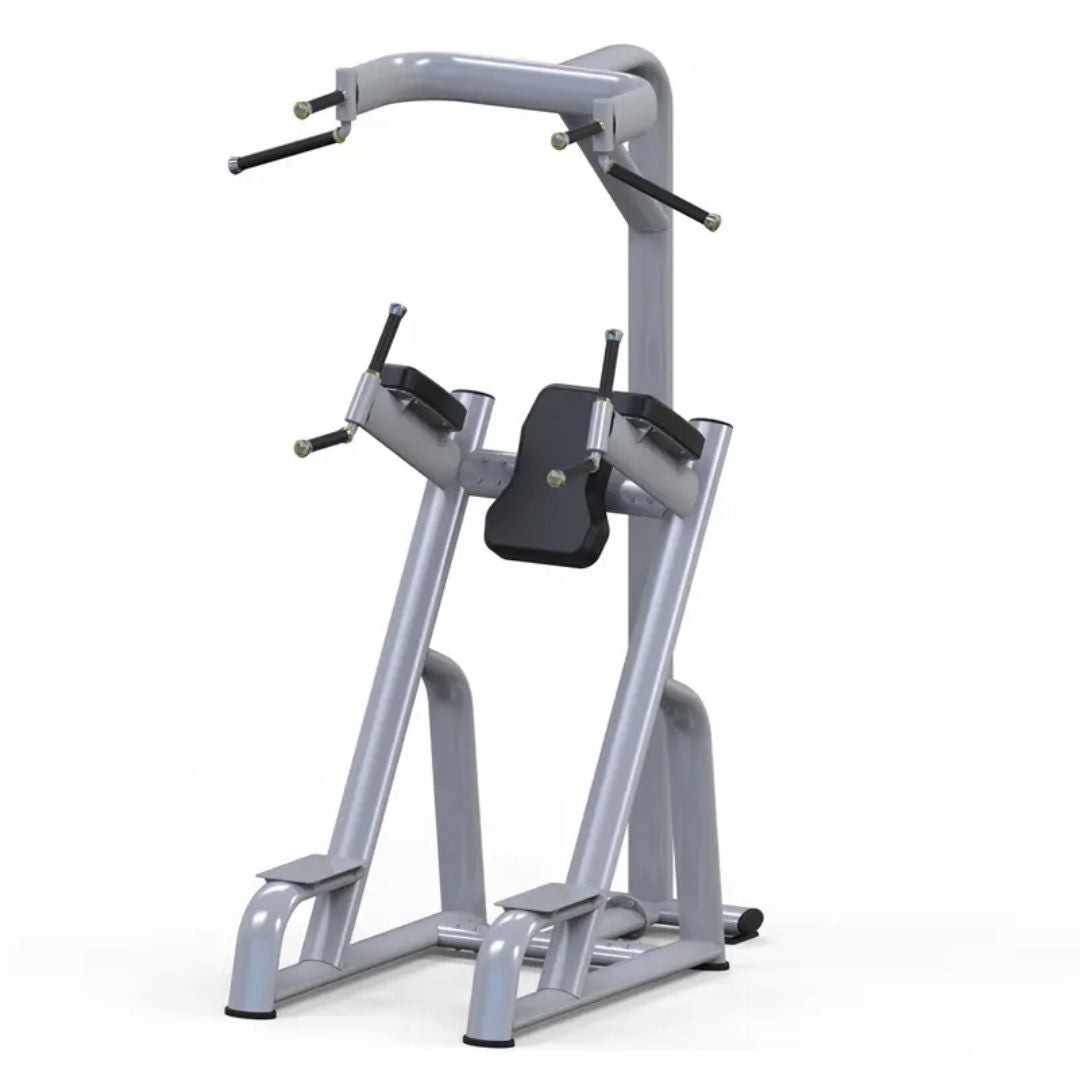 Knee Up Chin Up And Pull Up Machines
Knee Up Chin Up And Pull Up Machines
 Home Gym Deals
Home Gym Deals
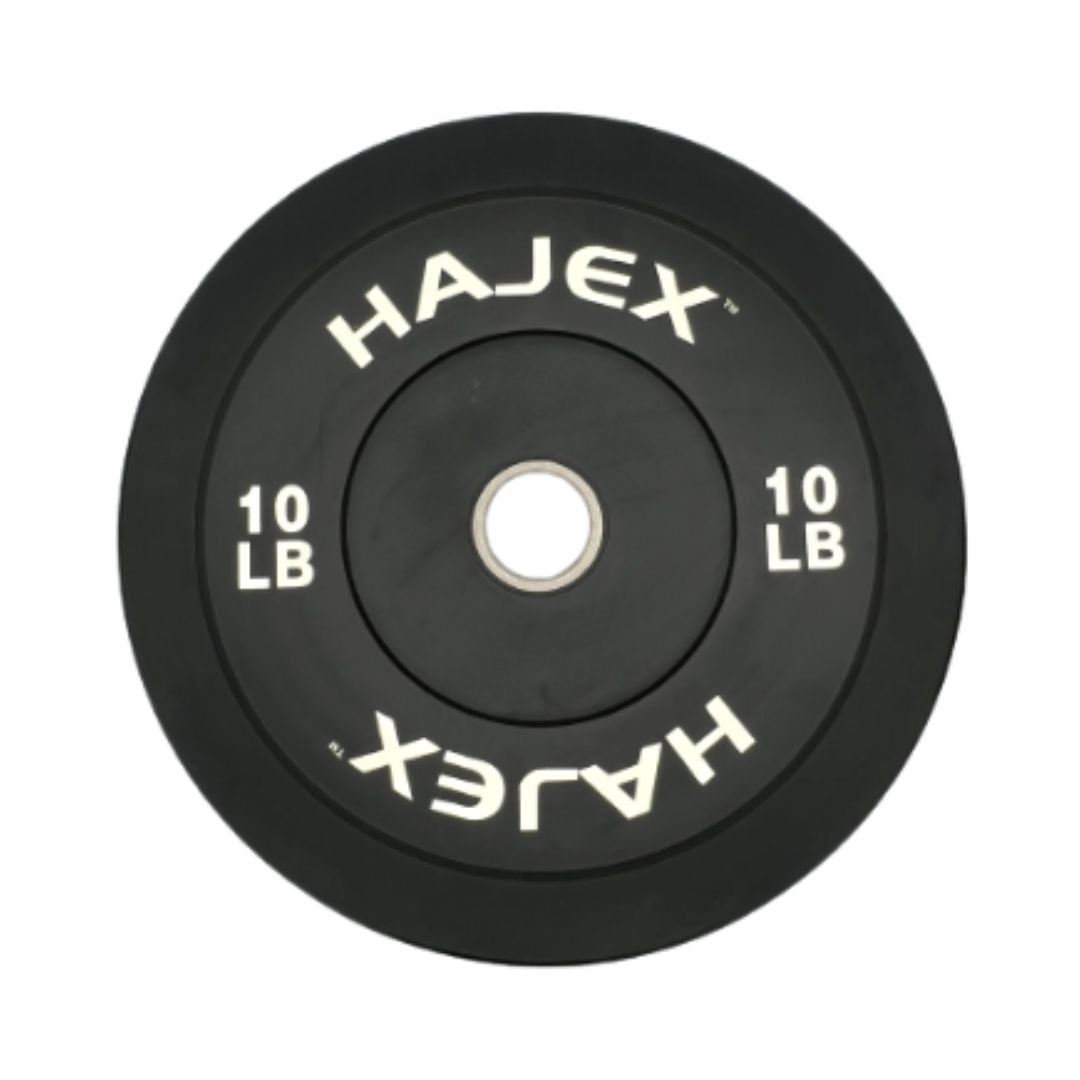 Olympic Bumper Plates
Olympic Bumper Plates
 Olympic Bumper Weight Plates Stacks
Olympic Bumper Weight Plates Stacks
 Tri Grip Plates
Tri Grip Plates
 Tri Grip Cast Iron Weight Plates Stacks
Tri Grip Cast Iron Weight Plates Stacks
 Weight Plates Combo
Weight Plates Combo
 Olympic Steel Hub Bumper Plates
Olympic Steel Hub Bumper Plates
 Olympic Barbells 2"
Olympic Barbells 2"
 Standard Barbells 1"
Standard Barbells 1"
 Fixed Weight Bars
Fixed Weight Bars
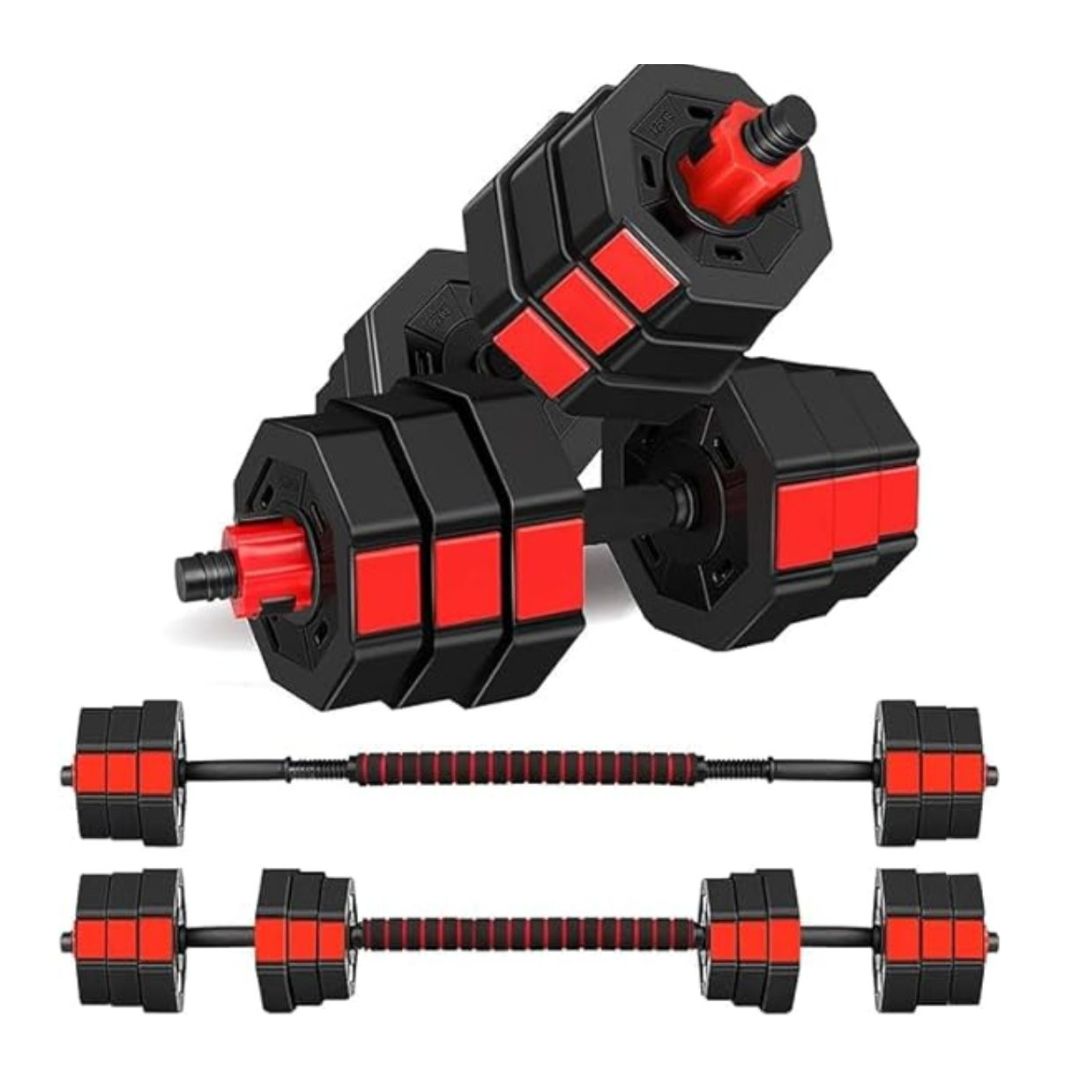 PVC Dumbbells
PVC Dumbbells
 NUO Style Adjustable Dumbbells
NUO Style Adjustable Dumbbells
 Dumbbells Stacks
Dumbbells Stacks
 BENCHES
BENCHES
 Incline/Decline Workout Bench
Incline/Decline Workout Bench
 Benches with Pulley & Rack
Benches with Pulley & Rack
 Multi-Purpose Workout Benches
Multi-Purpose Workout Benches
 Preacher Curl Benches
Preacher Curl Benches
 Olympic Benches
Olympic Benches
 Bench Press Stacks
Bench Press Stacks
 CARDIO
CARDIO
 Foldable Walking Pads
Foldable Walking Pads
 Exercise Bikes
Exercise Bikes
 SMITH MACHINES
SMITH MACHINES
 STORAGE RACKS
STORAGE RACKS
 Dumbbell & Kettlebell Racks
Dumbbell & Kettlebell Racks
 Mini Dumbbell Racks
Mini Dumbbell Racks
 Adjusatble Dumbbell Stands
Adjusatble Dumbbell Stands
 Squat Racks
Squat Racks
 Power Racks
Power Racks
 Multi-Functional Trainer
Multi-Functional Trainer
 MORE
MORE
 Kettlebells
Kettlebells
 Adjustable Kettlebells - Single & Pair
Adjustable Kettlebells - Single & Pair
 Floor Mats
Floor Mats
 Yoga
Yoga
 Push Up
Push Up
 Resistance Bands
Resistance Bands
 Barbell Pads
Barbell Pads
 Dumbbell Handles
Dumbbell Handles
 Jump Ropes
Jump Ropes






